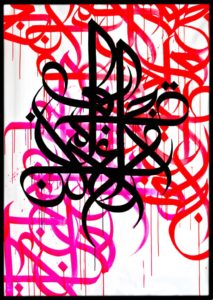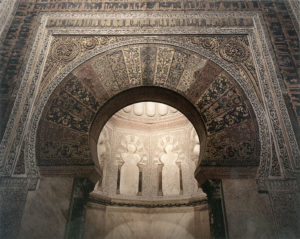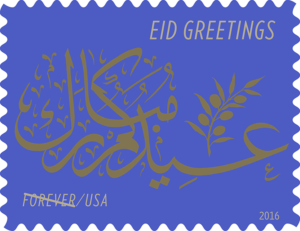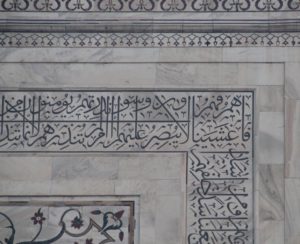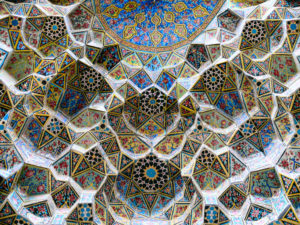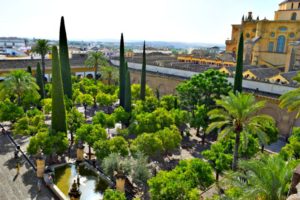Calligraffiti
Calligraffiti
By: F.K. Art Intern Nimah Bhura
Calligraffiti is an art form that combines calligraphy, typography, and graffiti. It can be categorized under abstract expressionism and is meant to send its audience a particular message about society or the artist. It is the use of letters, words, and phrases to produce a stunning visual image. One of the best calligraffiti artists is named eL-Seed.
eL-Seed is a French-Tunisian street artist who is inspired by the work and courage of the Palestinian poet, Mahmoud Darwish and Iraqi artist Sundus Abdul-Hadi. His first large scale mural was following the Tunisian revolution; it was a passage from a Tunisian poem that represented all those who struggled against injustice. Graffiti, unlike other forms of art, can reach anyone and everyone, which is why eL-Seed has always leans towards it; he hopes to inspire creativity through his own.
Muhammad Aerosol is a British calligraffiti artist who describes himself as an “urban spiritual artist”. As early as 14, he began doing illegal graffiti, it wasn’t until his early 20s that he decided to stop creating art without permission. Although is art is inspired by Islam it isn’t limited to Muslims. Muhammad Aerosol makes art that sends a message about the transformation of society into a united community that is recognized by people of all faiths.
Author’s Bio: I am a High School student just trying to learn more about art. I own 5 galleries and over 100 pieces of my work are featured all over the world— I wish. I am just trying to communicate a message to anyone who will listen, even if that is just my parents.
